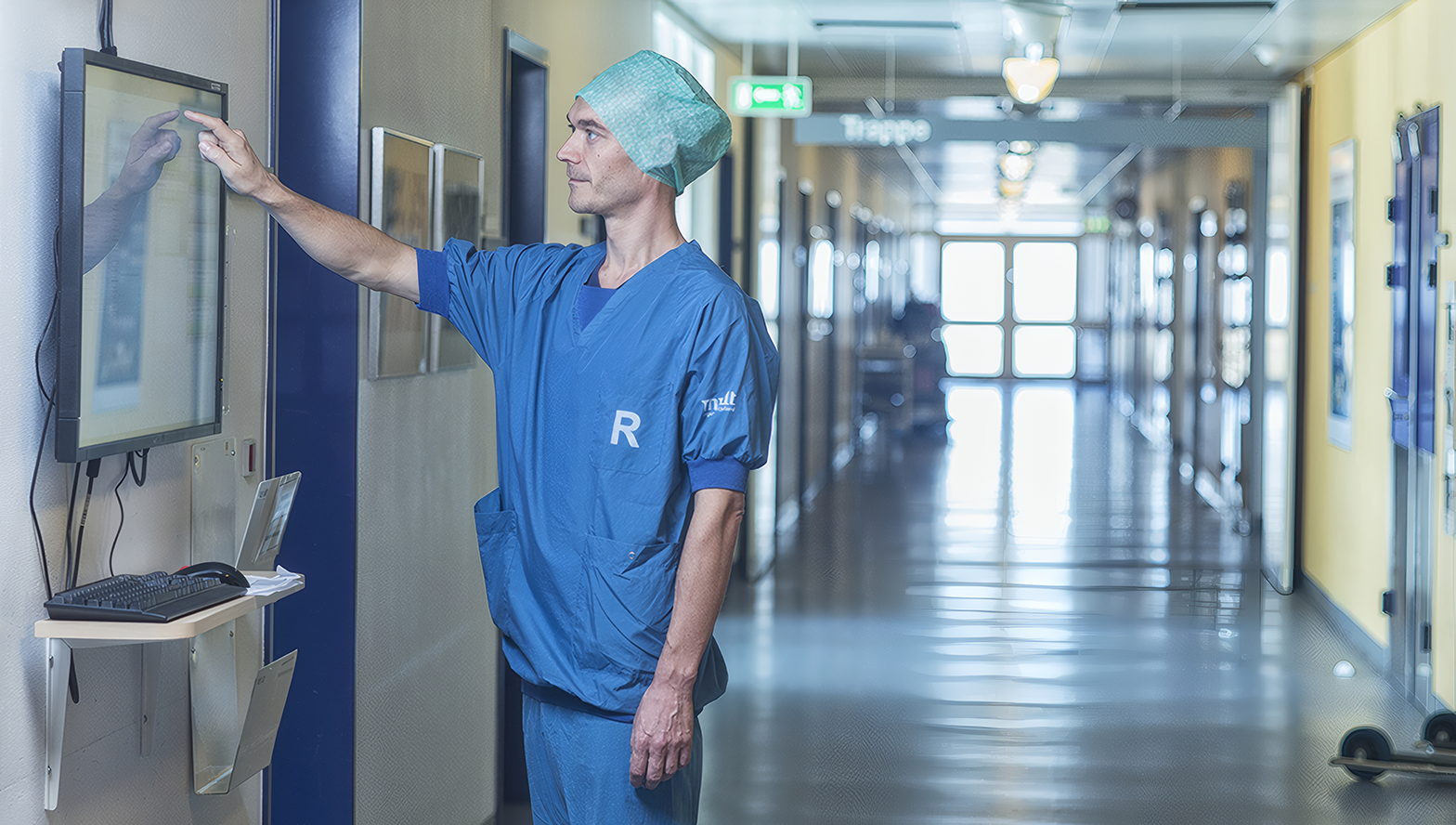

5 min.
April 10, 2019
Traceability of dental instruments - from vision to reality
Text:
Jesper Kervin Franke
Photo:
Faced with a reduction in funding, the School of Clinical Assistants and Dental Hygienists had to spend less time on sterilization, instrument control and budget tracking to ensure time to teach students and focus on patients:
- I felt we needed data on instrument utilization to make fact-based decisions about the need for new instruments and how much staff to use in the sterilization room, says school manager Bo Danielsen.
Previously, budgets were based on intuition, making it difficult to predict the need for new instruments and staffing in the sterilization room.
Bo also noted that it was a hidden cost when instruments were not in place. Staff and students sometimes had to look in other operating rooms.
It's time spent, but easy to overlook. However, each step brought costs, frustrated employees and waiting times for patients. It also meant that the capital invested in facilities and treatment units was not used wisely.
RFID is the optimal technology for the purpose
Bo was able to realize his vision through a collaboration with LM-Dental, who implemented a solution based on UHF EPC/RFID technology with GS1 standards.
- We quickly realized that for the system to be comprehensive, it would also have to read all other materials and loose objects of value in the clinic, explains Timo Helenius, CEO of LM-Dental.
The research and development team at LM-Dental knew they had to comply with the UDI regulations of the US Department of Health and Human Services and chose GS1 as the Issuing agency. The chosen system is the most suitable for wireless tracking of instruments and materials in dental clinic environments.
Now all instruments from LM-Dental can be ordered with unique identification via a Global Trade Item Number (GTIN) and a serial number.
They are equipped with EPC/RFID tags that enable automatic and wireless tracking. Both aspiration cannulas, turbines and micromotor handpieces are equipped with an autoclavable tag.
The benefits are clear when Bo logs on to the cloud-based server:
- I can see on my screen where each instrument is located and whether it is ready for clinical use or awaiting sterilization. The history of each instrument is also fully documented, including when and by whom it was autoclaved.



Optimized inventory status ensures visibility and security
Traceability provides accurate data for budgeting, inventory management and training.
- "We can pull a statistics report that shows the proportion of turbines that have been used and autoclaved more than 250 times and may therefore need to be replaced," says Bo.
And the clinic's logistics manager can run a report of the current stock of instruments and then decide where instruments should be delivered to.
The system also ensures that students return instruments correctly and that patients are treated with sterilized tools.
The traceability system includes automatic safety checks without administrative burdens for employees: When an instrument's GS1 number in the EPC/RFID tag is read, its status is automatically checked.
- We get necessary data to improve daily operations and planning and budgeting and collect big data that can be used for analysis and research purposes, Bo concludes.
In general, LM-Dental recommends focusing primarily on understanding customer needs, as it requires an investment from the clinics if they want to ensure traceability of the products they use.
The future consists of standards
- We work to promote patient safety. Before any treatment, our system ensures that we are guaranteed to only use instruments that are sterilized and have not been stored longer than they should be. We are also working to ensure that all our materials and their expiration dates become part of the system. It's on its way," Bo concludes.








